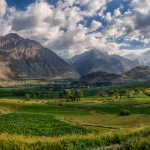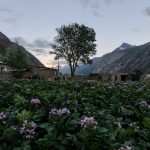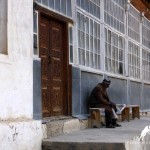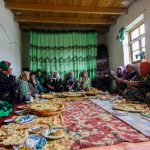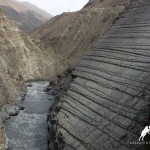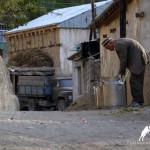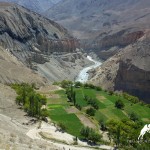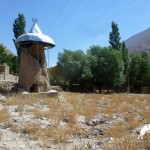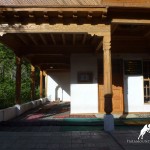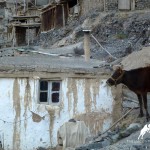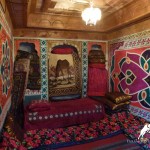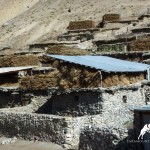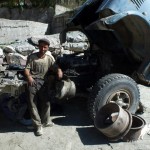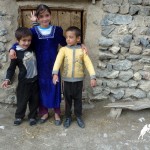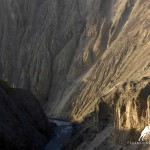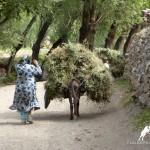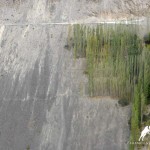The Zarafshan Valley, is truly a vast land of contrasts. With an isolated and historic history shrouded in a mystique all its own, it is a must-see for anyone wishing to experience the surviving remnants of the old Silk Road, isolated and ancient cultures, and an opportunity to partake in history that is thousands of years old.
The valley is a melting pot of Sogdians and other Central Asian tribes, of civilisations dating back to the time of Alexander the Great, who still practise their traditions to this day. Their remarkable legacy is etched in stone in the archaeological sites at Penjkent and Sarazm.
Old Penjkent was a walled city established over 2,500 years ago. It was a major trading city on the Silk Road, a marketplace for valuable commodities from as far away as India, Turkey and Iran. Known to some as the Pompeii of Central Asia, Penjkent now lies in ruin after being sacked by Arab invaders and subsequently abandoned. The archaeological finds continually unearthed here nevertheless reveal many clues and treasures of Penjkent’s diverse historical inhabitants, their religions and past-times, trade products and burial goods.
A short distance from Penjkent is the oldest settlement in central Asia, Sarazm. Estimated to be between 5,500 and 6,000 years old, the name Sarazm simply means “the Beginning of the World”. Thousands of people once lived here, and it was a major metallurgical site in the region. There were ancient mines here for copper and for turquoise, both of which were fashioned by Sarazm’s craftsmen and then traded along the Silk Road. The historical importance of the site is such that it is listed by UNESCO as a World Heritage Site.
The western end of the Zarafshan Valley is little visited these days. The ancient road into Uzbekistan has been closed to foreigners since 2010, and so Penjkent and Sarazm are at the very end of the road within Tajikistan, not en route to anywhere. It is well worth making the effort to come here, however, not only for the monumental cultural significance of the region, but also for the natural beauty and paramount views that frame the area.
Trekking, mountain biking or even donkey riding through this area, you’ll encounter the truly breathtaking sight of the Seven Pearls of the Shing – an oasis of seven lakes in an otherwise barren area – and mountainsides strewn with ancient archaeological finds, ruined cities, long-closed mines, and warm, welcoming populations who will open up their homes to paying guests. link of seven lakes that no picture could ever do the justice to capture.
Little know of the Zarafshan Valley is the district of Matchoi Kuhiston, or Gorno Matcha. This region is largely undiscovered from a tourists point of view, yet envelopes various cultures that have been in the area for millennia. With villages and mines dating back further than the 8th century, through to established and comfortable lodging offered by a very warm and generous people.
The purpose is to tell people that it is an area that is cut-off and little-visited by foreigners, but that they should come here anyway because there is a huge amount to see. Paramount Journey offers numerous travel holidays including trekking trips in Upper Zarafshan and culture holidays with trekking program in Fann mountains.






